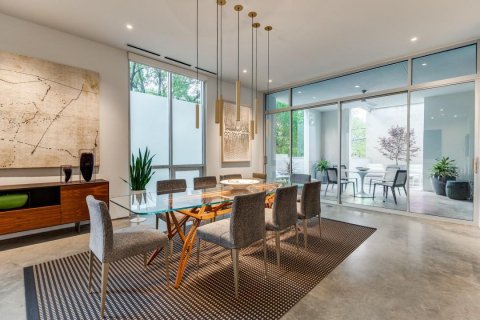Top Texas Restaurant Designer and Developer Tells All on Coronavirus Impacts and a Grand New Fort Worth Project — Bruce Russo Unplugged
The Food Industry Will be Forever Changed, But There's Hope
BY Courtney Dabney // 05.03.20Bruce Russo with Chef Avner Samuel and Jane McGarry at Nosh.
Bruce Russo, founder of B. Russo Designs in Dallas, has seen a lot of ups and downs during his 40-plus years in the restaurant business. He has more than 400 completed design and development projects to his credit, including Toulouse Cafe and Bar restaurants in Dallas, Plano, Houston and Austin, Beauty Bar in Dallas, and two recent openings in Fort Worth’s First on Seventh building ― Neighbor’s House Grocery and Buon Giorno Coffeehouse.
Of course, no one has ever experienced anything quite like the coronavirus pandemic shutdowns. Just because Governor Abbott is now allowing restaurant dining rooms and even movie theaters to open at 25 percent capacity, that doesn’t mean it will be as easy as flipping a switch to turn things back on again.
Russo opened up to PaperCity about the challenges restaurants face as businesses are slowly phased back in. He also gave us the inside scoop on his next big project in Fort Worth ― his re-envisioning of the Food Hall at Crockett Row.
A lot of damage has been done to the restaurant industry and Russo estimates that only about 70 percent of our current restaurants will survive when all is said and done. Those closings may not all happen in the next few months, but this restaurant force knows that everyone is not going to make it back from this kind of devastation.
“It’s a tough scenario,” Russo says. “Restaurateurs are juggling how to pay for labor, rent, food costs and their light bill. . . and it’s all a moving target right now. The best planners are the ones that win. But that information is swinging like a pendulum from day to day. How can a business owner plan?”
The reasons that some restaurants are choosing to open at 25 percent capacity, while others are remaining takeout and delivery only includes health concerns for sure, but for many it’s also a just a simple economic reality. At 25 percent, some restaurant owners know they can’t afford to turn on the lights.
Russo’s heart really goes out to the so-called “mom and pop” restaurants. “They’ve put their entire life savings into their business,” he tells PaperCity.
Even restaurants that have been offering curbside pickup and delivery over the past month and half are barely staying afloat. “With a lack of weekly cash flow, you can see how this drastic cut puts them under water pretty quickly,” Russo says. “The main ingredient in this business is cash flow, nothing operates without it.”
Chef Jen Williams of JayCee Hospitality in Fort Worth might have said it best when she posted on Facebook: “Before crushing small business and independent restaurants completely, maybe we start asking the restaurants what is needed instead of just “playing restaurant.”
What consumers, landlords and legislators may not realize is that restaurants have been treading water at best, in most cases just barely keeping their noses above the torrent while serving the community.
“The margins in the restaurant business are so slim to begin with,” Russo says. “It’s hard enough to make money when you are operating at 100 percent occupancy, and most restaurants typically run at around 80 percent, with the ability to turn the room about two to three times per night.”
“So, operating at 25 percent of your capacity is not sustainable long-term. No one’s business model was built for this.”
And that is still where the restaurant world finds itself. Even when restrictions are eased in coming weeks to allow for 50 percent capacity, the continuation of new social distancing guidelines within existing footprints, will mean that some restaurant layouts might not be able to accommodate many more diners anyway.
Russo himself has four projects in California that are now on indefinite hold, and he has seen three upscale dining restaurants that he was working on in Dallas and Fort Worth simply evaporate during the pandemic.
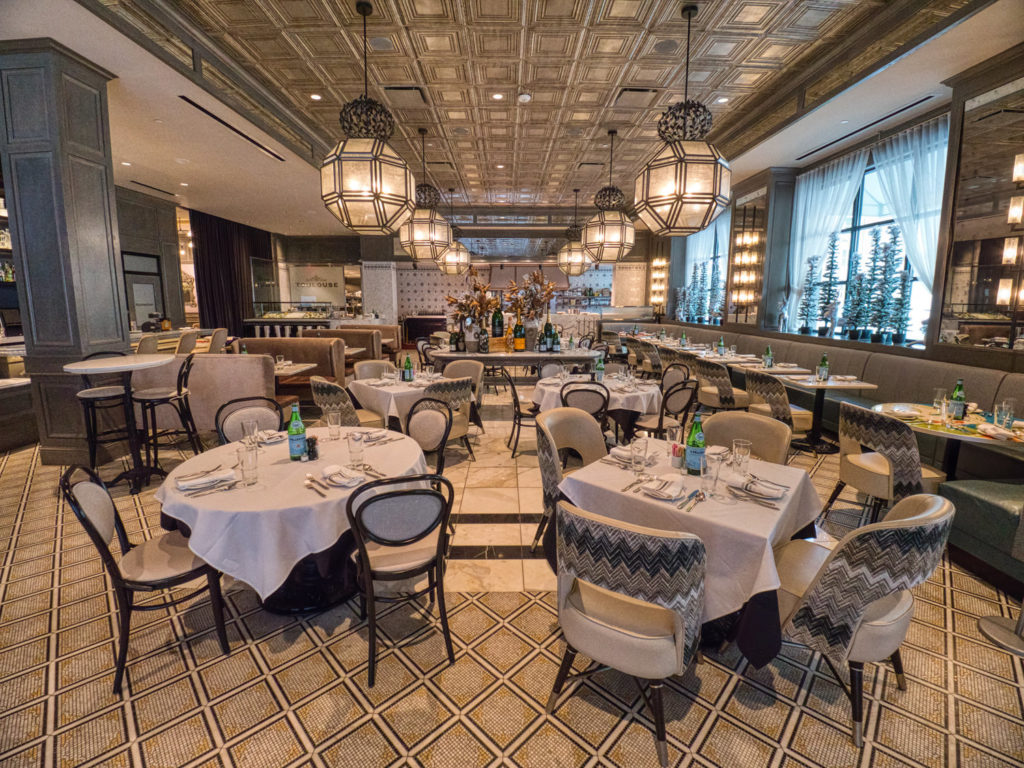
Coronavirus Shutdown Ripples
Waiters serving diners with masks and gloves may be the least of restaurants’ worries.
Another big concern is the slow ramping up of the supply chain. What hasn’t been discussed much is that when restaurants were forced to close without warning, it left suppliers with millions of square feet of stocked shelves, plus refrigerated and frozen products and nowhere to sell it. Those handy produce box pickups have been one tiny outlet for suppliers, but they didn’t make much of a dent.
The suppliers cannot afford to fully stock their warehouses until the coast is clear either. That means many restaurants will be offering limited menus by necessity.
“The domino effect is huge,” Russo explains. “Those massive warehouses are down to about 20 percent of their capacity. They cannot maintain a full supply, with uncertain orders for their products.” And Russo says that alcohol distributors are no different. So don’t blame your bartender if he can’t mix your favorite cocktail just yet.
The ripple effects will continue up the food chain in many respects, bleeding into the commercial and retail market, all the way up to the banks themselves.
“To see restaurants through this time, rental flexibility will be crucial,” Russo says. If landlords can be flexible or can work out an agreement to get paid on sliding scale — that will help some restaurants ride out the storm. But lease terms and bank loans are not always in the landlord’s control to alter. They have creditors to pay as well. So we can’t make landlords out to be the bad guy here either.
“Most landlords don’t own these buildings outright. They too have to answer to their financers and to the banks that hold their loans.”
Where they can be flexible it’s in their best interest to make adjustments, because where it used to be that landlords could easily replace tenants, that likely won’t be the case in the near-term as more and more vacant signs begin to appear.
Still, Russo wants to emphasize that while there remains a lot of uncertainty, the restaurant outlook is not all doom and gloom.
“I’m a very positive guy,” Russo says. “I just want to be realistic about the challenges that restaurants are battling behind the scenes, and I want to urge the public to be sensitive to the situation. It may take many months for things to get back to normal.”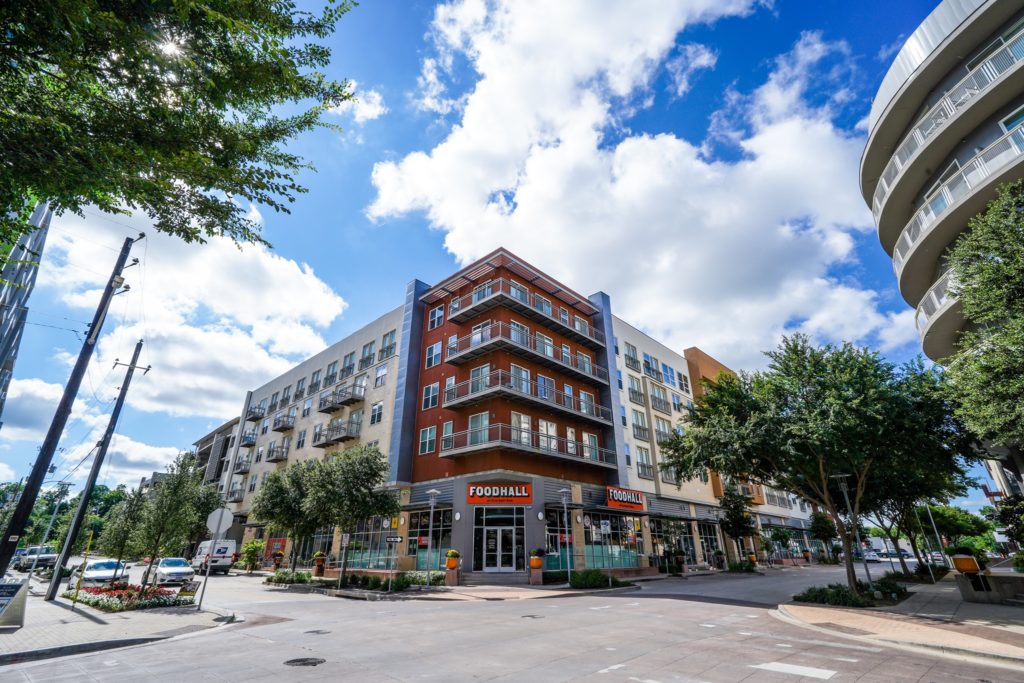
Bruce Russo hopes to unveil the new and improved Food Hall at Crockett Row by early summer.
Fort Worth’s New Food Hall
B. Russo Design has taken this time to update one of its latest projects― the Food Hall at Crockett Row.
Russo has been involved with the project from its inception. Hospitality Alliance, which managed Fort Worth’s first food hall concept through the ups and downs of its debut year, ultimately bowed out of Crockett Row last fall. Hospitality Alliance is focusing its energies on the massive AT&T Discovery District, which is still underway in downtown Dallas.
Russo took over the reins and has made some big changes to the overall design and the restaurants in the hall, both of which he had hoped to debut this May. Plans are in flux at present and the grand reboot opening has been delayed. The soft opening of the new and improved food hall will ramp up as coronavirus restrictions allow, Russo says.
Five of the most popular and successful food outlets remain firmly attached to the Food Hall at Crockett Row.
Aina Poke Co. will return with its bright and flavorful poke bowls. Hooker’s Grill, which took over the spot where John Tesar’s Knife Burger briefly resided, will continue grilling. The Kansas City style barbecue of Not Just Q and the Middle Eastern fare of Shawarma Bar will also remain. And Val’s Cheesecake has actually expanded its presence in the food hall.
Russo has filled in with a variety of new options. Polly’s Pot Pies will now be on site, serving up both savory and sweet pot pies. Crockett Row Coffee is also new, featuring Italian illy-branded espresso and coffee drinks. Piccolo Italia will fill the pizza and pasta niche. Cheese Apalooza will debut as the spot to find mac and cheese and grilled cheese sandwich specialties. Finally, there’s Saluritto, a fresh salad mecca where you can build your own salad bowl or burrito.
Many of the food hall’s walls and partitions have been removed by Russo, making the space feel brighter and more cohesive. On the north end of the hall is a standalone space that was always intend to be a part of the food hall, but until now has remained vacant. The paseo (breezeway patio), which lies between that space and the main hall, has been underutilized because of that.
Now, Russo has installed garage doors ― linking it to the rest of the hall. It will also house a taco spot called Taco Paseo.
While the restaurant industry clearly has many more coronavirus-induced hurdles to overcome, there are some bright spots on the horizon and a revamp of the Food Hall at Crockett Row is among the most promising in North Texas. Bruce Russo hopes to introduce it by early summer.
This new restaurant world still needs hope (and good food) after all.
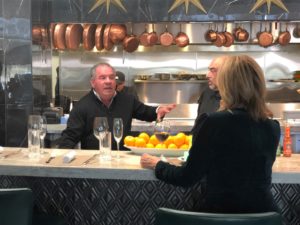





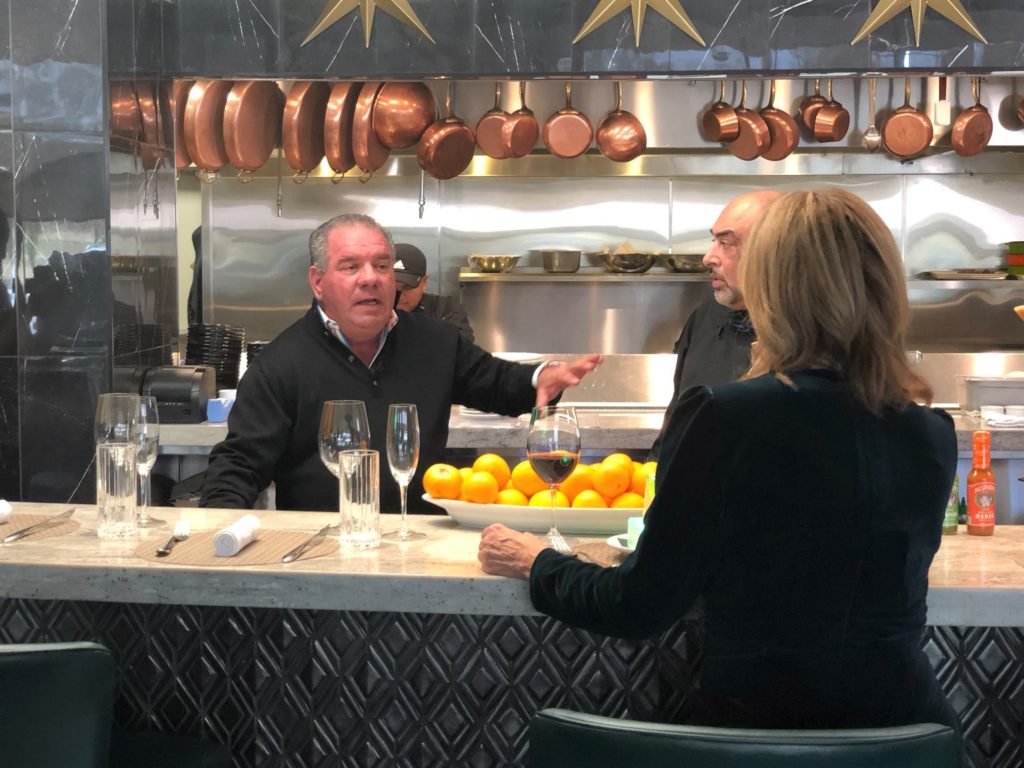








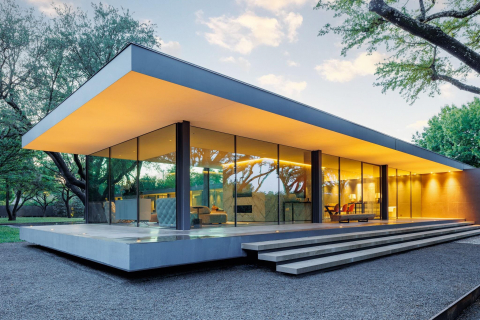






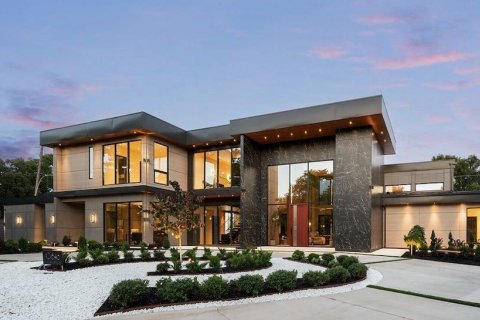






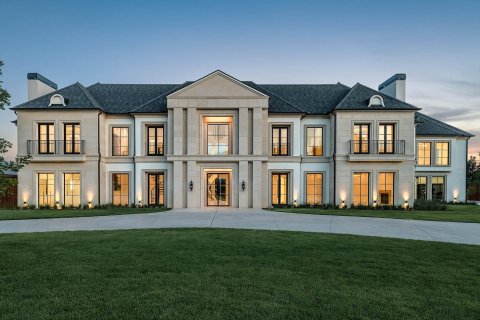

_md.jpeg)

